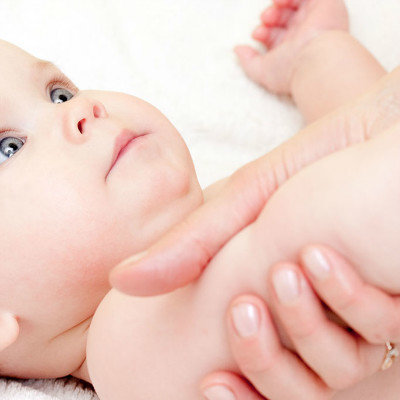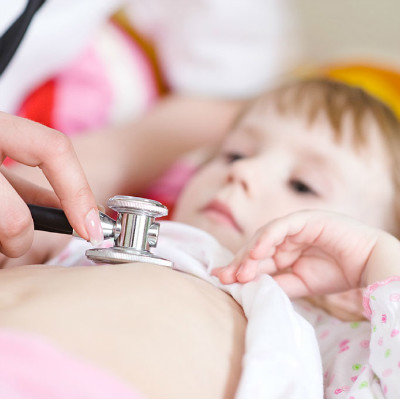What are the symptoms of atrial septal defect in children?
summary
The common symptoms of atrial septal defect are palpitation and shortness of breath after activity. Many patients do not go to the hospital in time because of lack of relevant knowledge, so they miss the best opportunity to treat atrial septal defect. What are the symptoms of atrial septal defect in children?
What are the symptoms of atrial septal defect in children?
The symptoms of patients with atrial septal defect in infancy are related to the size of the defect. The clinical manifestations of mild cases are not obvious, and they are often diagnosed by heart murmur in physical examination; The patients with large defect are easy to suffer from bronchopneumonia due to large shunt and obvious pulmonary hyperemia. At the same time, the growth and development are affected due to insufficient blood volume of systemic circulation. When severe crying, breath holding, pneumonia or heart failure occurs, the pressure of right atrium may exceed that of left atrium, resulting in temporary right to left shunt and cyanosis.

With the increase of age, patients with atrial septal defect may show birth growth retardation, decreased activity tolerance, repeated respiratory tract infection, hyperhidrosis and other manifestations, and appear cardiac enlargement, increased pulmonary circulation pressure and resistance, heart failure and atrial arrhythmia.

Because most of the atrial septal defect symptoms are mild, a large number of patients can not be found until puberty or adulthood. Some patients have even lost the opportunity of treatment at the time of diagnosis, or although there is still a chance of treatment, the cardiac and pulmonary circulation function has been unable to return to the normal state, seriously affecting the patient's activity tolerance, quality of life, life expectancy Social competitiveness and mental health.

matters needing attention
If the defect is small, the development of the patient may not be affected; Those with large defect may have developmental retardation, emaciation, fatigue, hyperhidrosis and shortness of breath after activity. Cardiac examination showed protrusion of precordial region, enlargement of cardiac boundary, lifting pulsation, grade II-III systolic ejection murmur caused by relative stenosis of pulmonary valve, enhancement of the second sound and fixed division of pulmonary artery. When the left to right shunt is large, the diastolic rumbling murmur caused by the relative stenosis of tricuspid valve can be heard below the left edge of sternum. When pulmonary artery dilation is obvious or accompanied by pulmonary hypertension, early systolic click can be heard in the pulmonary valve area.









